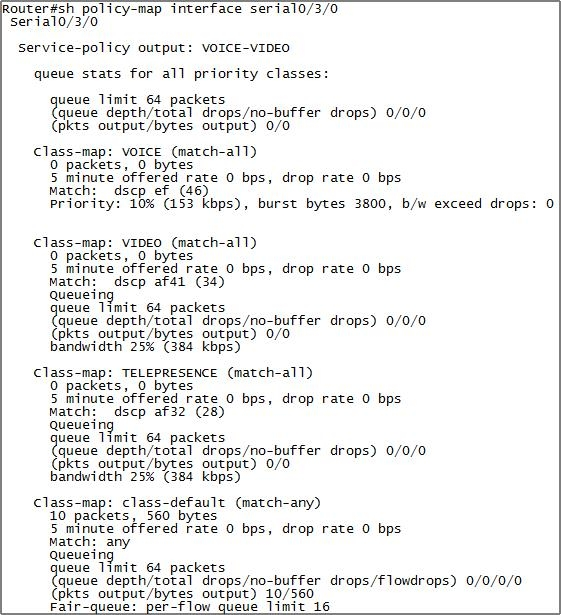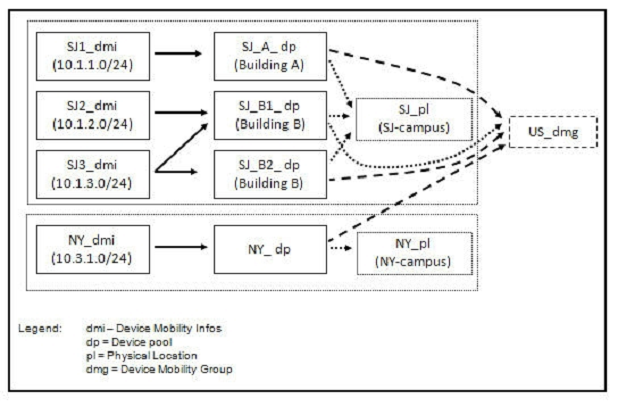Company X has a Cisco Unified Communications Manager cluster and a VCS Control server with video endpoints registered on both systems. Users find that video endpoints registered on Call manager can call each other and likewise for the endpoints registered on the VCS server. The administrator for Company X realizes he needs a SIP trunk between the two systems for any video endpoint to call any other video endpoint. Which two steps must the administrator take to add the SIP trunk? (Choose two.)
To establish a SIP trunk between Cisco Unified Communications Manager (UCM) and a VCS Control server, there are specific steps that need to be followed on both systems. First, on Cisco UCM, a SIP trunk needs to be set up with the option Device-Trunk and the destination address of the VCS server. This will allow UCM to route calls through the SIP trunk to the VCS server. Second, on the VCS server, a neighbor zone must be configured with the location of the Cisco UCM. This will enable the VCS server to recognize the Cisco UCM as a peer and route calls to it. Together, these steps ensure that video endpoints registered on either system can call endpoints on the other system.
Which statement is true regarding the configuration of SAF Forwarder?
In a multisite dial plan, SAF (Service Advertisement Framework) Forwarders can indeed exist in multiple autonomous systems. This configuration helps in connecting different parts of a network that might be segmented into multiple autonomous systems. It ensures scalability and flexibility in managing large and complex networks. The other options contain information that is either incorrect or not a necessarily true requirement for the configuration of SAF Forwarder.
Refer to the exhibit.

What is the correct value to use for the "DSCP for TelePresence Calls" Cisco CallManager service parameter?
The DSCP value for TelePresence Calls shown in the exhibit is AF32. In binary, AF32 corresponds to the value 011100, which is 28 in decimal. Therefore, the correct answer is 28.
Refer to the exhibit.

If an IP phone in San Jose roams to New York, which two IP phone settings will be modified by Device Mobility so that the phone can place and receive calls in
New York? (Choose two.)
When an IP phone in San Jose roams to New York, the physical locations are different, meaning the roaming-sensitive parameters of the roaming device pool are applied. Additionally, because the device mobility groups for San Jose and New York are the same (US_dmg), the Device Mobility-related settings are also applied. This ensures that the phone is configured correctly to place and receive calls in New York, so the correct options are that the physical locations are different, so the roaming-sensitive parameters of the roaming device pool are applied and the device mobility groups are the same, so the Device Mobility-related settings are applied in addition to the roaming-sensitive parameters.
In Cisco Unified Communications Manager, where do you configure the default bit rate for audio and video devices?
The default bit rate for audio and video devices in Cisco Unified Communications Manager is configured under 'Region' in the 'Region Information' settings. This is where you specify the maximum bit rate for audio and video calls between regions.